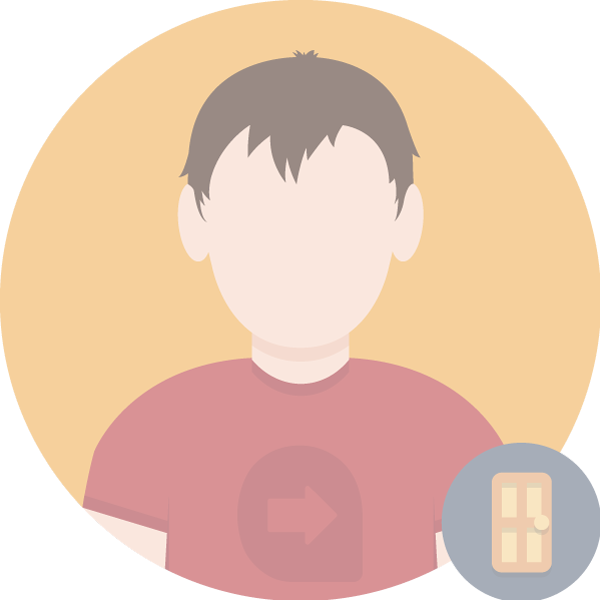Afro Avenue
How do you build a community-based shop-of-shops platform to rival Amazon?
- Client: Afro Avenue
-
Services:
Online Software
UX & UI Design
iOS & Android Apps
Afro Avenue is a fantastic new social e-commerce platform and – like the name suggests – has a focus on the black, mixed race, and Afro Caribbean communities. An unusual project from the outset, the need for this project arose from the challenge of finding products online tailored to the black community. For example; make-up, tights, and hair products that are specifically made for darker skins tones and hair types are difficult to find. There is no ‘ethnic’ filter on Amazon or eBay and there probably never will be. That’s where Afro Avenue comes in.
Functionality wise the site could be considered a combination of Pinterest and eBay: a social platform combined with e-commerce functionality for businesses to market and sell their own products.
It offers a radically simple approach that feels both completely original yet still familiar. It’s fresh and new and without any of the baggage that existing platforms are bound by.
Have a look at some screenshots and designs in this portfolio.
- Shops don’t tend to stock products for Afro-Caribbean skin
- No other platforms are specific in connecting like interests
- A lack of particular online community
Solutions
We needed to lean on a huge range of experiences across multidisciplinary projects to deliver this portal. Every part of implementation was as ambitious, the user value becoming as innovative as the technology itself. Most importantly, it was the servicing of unmet needs in a more marginal community that proved its merit.- Afro-Caribbean products can be found in one place
- Providing a space to share similar interests
- Providing a platform for community
Our approach
Before we set off, we knew the best place to save the client time (and so, money) was going to be even more in the planning phase than ordinarily. In particular, there was going to be a plethora of personas that would need studying and defining. We call this part of the process the Discovery Phase.Our client brought a simple concept
Caroline Wilson had been dreaming of this for years. At its heart, her concept was to provide a environment for shoppers which didn't start or end at the purchase. Instead, it was to be community-driven with support and culture underpinning the successes of merchants and their buyers alike. The culture resonated with us; bringing back some of those human connections lost in most contemporary online transactions.Connect and share
Ultimately, we believe that the real power of digital tools lies in minimizing the overhead of using them and maximizing the human values that users get from them. In this case, being able to form longer-lasting, more fruitful relationships as a part of the buying cycle.Kick off with the client
It's absolutely vital, especially on projects of this size and complexity, that we genuinely get to know the client and their motivation. For Caroline, like many project owners, AfroAvenue was more than just another platform. It was a dream she had held for years.Research
We engaged in a considerable programme of competitor analysis, market segmentation study, and field research with users using analogues of parts of the anticipated portal. We are strong believers in evidence-based design. This requires letting go preconceptions and egos, relying instead on observation and testing.Defining key features
As we pulled together learnings from our research programme, a filtered view of features started to emerge. Stripping these back to the simplest model possible for phase one, in this case a Minimum Viable Product, allowed us and the client to prioritise enhanced features into the roadmap for future phases.Wireframing for testing
In a process of Rapid Prototyping we sketched clickable wireframes that we could share with the client, users of various types around the world, and potential merchants. We gathered direct feedback and fed that back into the design cycle.1Access to an ever-changing social feed
Users told us they didn't want the reality-washed corporate messaging of product adverts as much as real-world exemplifiers and social mixers where authenticity would be granted.2Tailored audience for your products
Vendors can have confidence that their market is well-defined, present and active, feeding back on itself with positive contributions.3Shop of Shops
The mall-model of commerce makes more sense to both merchants and buyers, especially when underpinned by an enmeshed social network. It's easier to browse within the same site and there is a more reliable, loyal base to engage with.Validation
We had our website re-designed by GI. The team were absolutely amazing, they were passionate about working with us and their enthusiasm was palpable. The team were always straight forward, realistic and honest besides being exceptionally talented! I cannot recommend GI enough! Thanks for getting us to the finish line! Much love Team AfroAvenue :-DCaroline Wilson, Founder, AfroAvenue







